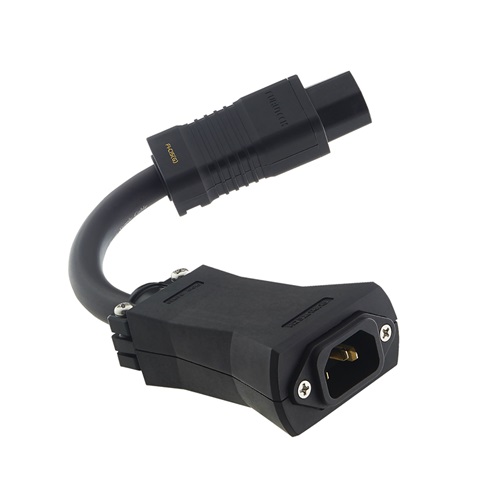the odds of throwing a horn into a room and coming up anywhere close to aces, compared to the soft landing of more plug and play options, make this not real world for typical dealers. lots of ways to cut this, of course.Given the same medium or large rec room in the suburbs for the typical American audio file, a high-efficiency horn system, and SET amplifiers fit that generalization just as well as monster, solid-state amps, and inefficient tower speakers do. And in such a house, you can work on your power delivery and might not need the Shunyata filters that Rex describes he sees in many places.
SET's, tube rolling, as mainstream? would be chaos.
and integrating lower/lowest octaves with horns is challenging. beyond most dealers.
the right horn, the right dealer....sure. as the typical experience? unlikely. horns and SET's are an end game for the seasoned person.
Last edited:















